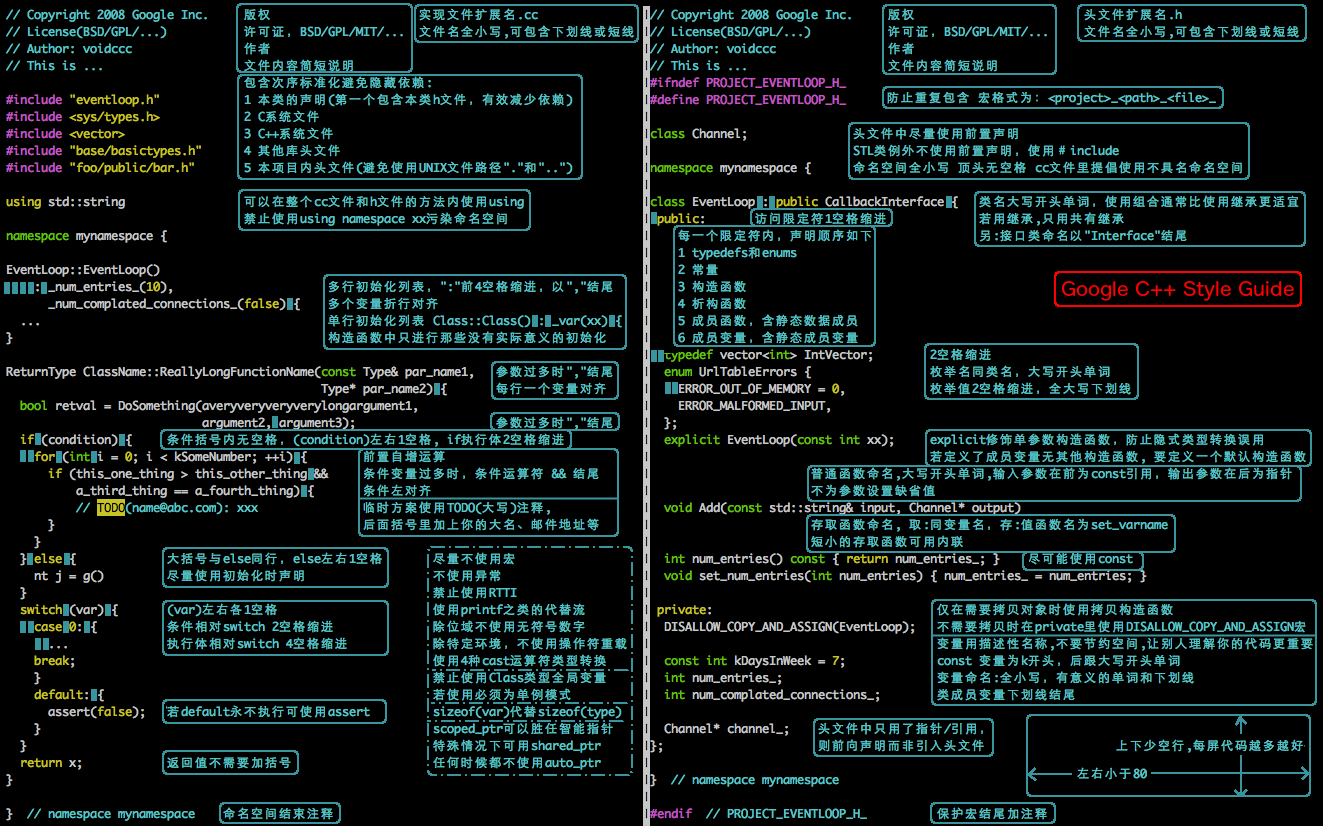1
2
3
4
5
6
7
8
9
10
11
12
13
14
15
16
17
18
19
20
21
22
23
24
25
26
27
28
29
30
31
32
33
34
35
36
37
38
39
40
41
42
43
44
45
46
47
48
49
50
51
52
53
54
55
56
57
58
59
60
61
62
63
64
65
66
67
68
69
70
71
72
73
74
75
76
77
78
79
80
81
82
83
84
85
86
87
88
89
90
91
92
93
94
95
96
97
98
99
100
101
|
public class ThisIsASampleClass extends C1 implements I1, I2, I3, I4, I5 {
private int f1 = 1;
private String field2 = "";
public void foo1(int i1, int i2, int i3, int i4, int i5, int i6, int i7) {
}
public static void longerMethod() throws Exception1, Exception2, Exception3 {
int i = 0;
int[] a = new int[]{1, 2, 0x0052, 0x0053, 0x0054};
int[] empty = new int[]{};
int var1 = 1;
int var2 = 2;
foo1(0x0051, 0x0052, 0x0053, 0x0054, 0x0055, 0x0056, 0x0057);
int x = (3 + 4 + 5 + 6) * (7 + 8 + 9 + 10) * (11 + 12 + 13 + 14 + 0xFFFFFFFF);
String s1, s2, s3;
s1 = s2 = s3 = "012345678901456";
assert i + j + k + l + n + m <= 2 : "assert description";
int y = 2 > 3 ? 7 + 8 + 9 : 11 + 12 + 13;
super.getFoo().foo().getBar().bar();
label:
if (2 < 3) {
return;
} else if (2 > 3) return;
else return;
for (int i = 0; i < 0xFFFFFF; i += 2)
System.out.println(i);
while (x < 50000) x++;
do x++; while (x < 10000);
switch (a) {
case 0:
case 1:
doCase0();
break;
case 2:
case 3:
return;
default:
doDefault();
}
try (MyResource r1 = getResource(); MyResource r2 = null) {
doSomething();
} catch (Exception e) {
processException(e);
} finally {
processFinally();
}
do {
x--;
} while (x > 10);
try (MyResource r1 = getResource();
MyResource r2 = null) {
doSomething();
}
Runnable r = () -> {
};
}
public static void test()
throws Exception {
foo.foo().bar("arg1",
"arg2");
new Object() {
};
}
class TestInnerClass {
}
interface TestInnerInterface {
}
}
enum Breed {
Dalmatian(), Labrador(), Dachshund()
}
@Annotation1
@Annotation2
@Annotation3(param1 = "value1", param2 = "value2")
@Annotation4
class Foo {
@Annotation1
@Annotation3(param1 = "value1", param2 = "value2")
public static void foo() {
}
@Annotation1
@Annotation3(param1 = "value1", param2 = "value2")
public static int myFoo;
public void method(@Annotation1 @Annotation3(param1 = "value1", param2 = "value2") final int param) {
@Annotation1 @Annotation3(param1 = "value1", param2 = "value2") final int localVariable;
}
}
|
